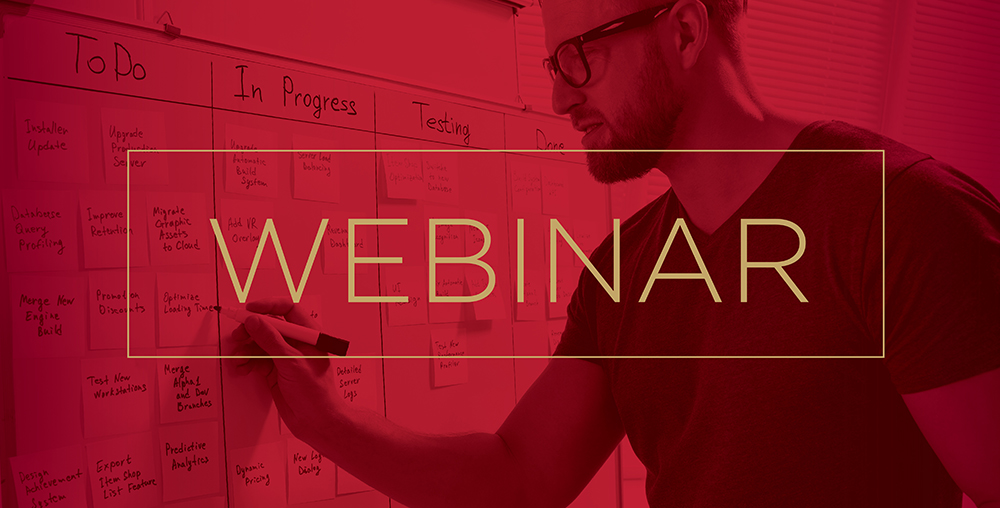
How will you decide what to make for dinner tonight? For many, this decision usually comes down to how much time you have to make dinner, how many people you will be feeding, and the ingredients you have on hand. This is also true for how process improvement teams decide which methodology is right for their projects. Any process improvement initiative starts with understanding how much time you have and how many people are involved. Watch the full webinar for the main differences between each methodology.
Lean: The Family Dinner
Think of the Lean methodology as your weekly family dinners: a small, regularly together group who talks frequently. Nothing too extravagant, but real work is getting done. In a similar way, Lean projects have a turnaround time of about one week and eliminate nonvalue activities. This methodology focuses on group work and improving flow among the team. Lean is quick to set up and works well for iterative projects with a small scope.
Six Sigma: The Holiday Feast
Six Sigma is the holiday feast of the process improvement methodologies. The processes that are focused on here span multiple workgroups and the whole organization. Six Sigma focuses on whitespace (idle time handoff), variation, and reducing rework. There is also a data emphasis, focusing on both the qualitative and the quantitative. There is a commitment to stakeholder analysis involved in Six Sigma as well.
This methodology is phase-based, is conducive to projects with a much larger scope, and results in the creation of many detailed process models. When Lean tools and waste reduction are included, it become Lean Six Sigma. Since this “feast” is extravagant, it’s not sustainable to make every project a Six Sigma project, but when it’s called for it is worth it.
Both Lean and Six Sigma need buy-in from the affected stakeholders to be successful, as all process improvement projects are forms of change. “What’s a Sigma and why do I need six of them?” was a real question Scott Converse, instructor and the host of this webinar, was once asked from a frustrated process owner and he encourages all process owners to get their teams involved or achieving buy-in will be a struggle.
Just-Do-It (JDI): The Peanut Butter Sandwich
We all have those days where there is no time to think about dinner and you need an immediate solution. In a pinch, a peanut butter and jelly sandwich usually does the trick. Let’s face it, PB&J’s are great but it’s not something you want to eat every night of the week. The same is true for the just-do-it approach, so be careful with how often you use it as it will not sustain your process improvement efforts forever.
Just-Do-It should only be used for simple, common problems with no data that have few stakeholders, variables, or factors. Identify the problem, discuss the issues, decide on a solution, and implement it. For anything with more variables or factors, implementing this process will end up being a shot in the dark and likely won’t work.
Deciding which methodology to use your next process improvement project should be similar to how you determine what you’ll have for dinner tonight: first, think of the variables involved and then let that make the decision for you.
For more advice on the ins and outs of the Lean and Six Sigma methodologies, watch the full webinar. If you’re interested in continuing to learn how Lean Six Sigma can improve your organization’s process improvement methods, join us for Business Process Improvement Using Lean Six Sigma and Performance Metrics. This interactive online program will help you learn methods to break down your most difficult processes and rebuild them with less variance and waste.